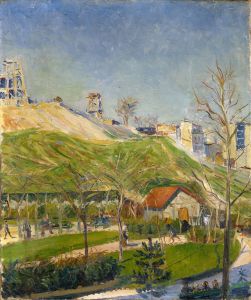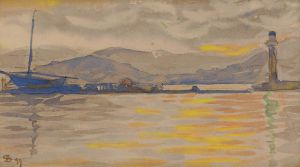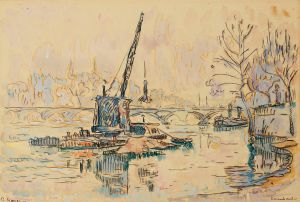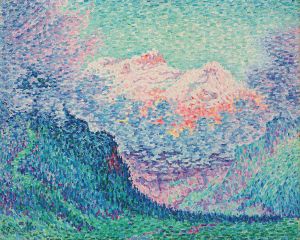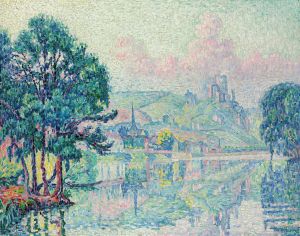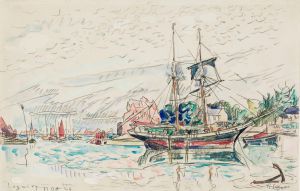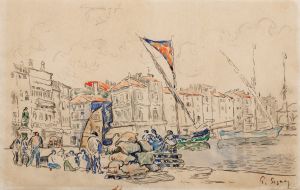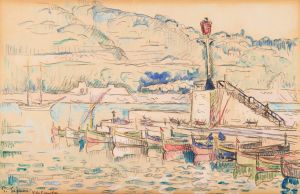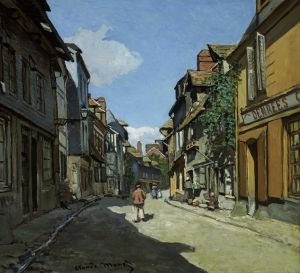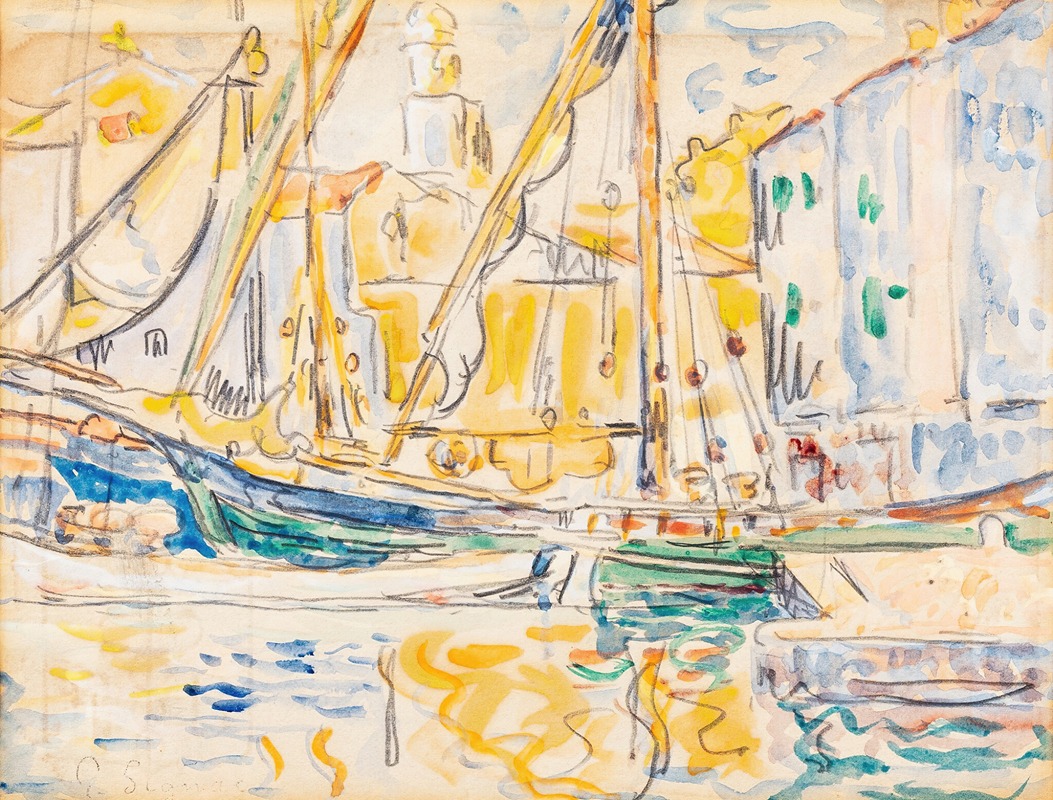
Saint-Tropez
A hand-painted replica of Paul Signac’s masterpiece Saint-Tropez, meticulously crafted by professional artists to capture the true essence of the original. Each piece is created with museum-quality canvas and rare mineral pigments, carefully painted by experienced artists with delicate brushstrokes and rich, layered colors to perfectly recreate the texture of the original artwork. Unlike machine-printed reproductions, this hand-painted version brings the painting to life, infused with the artist’s emotions and skill in every stroke. Whether for personal collection or home decoration, it instantly elevates the artistic atmosphere of any space.
Paul Signac's painting "Saint-Tropez" is a notable work in the realm of Post-Impressionism, specifically within the Neo-Impressionist movement. Signac, a French painter, was a leading figure in this movement, which sought to refine the techniques of Impressionism by incorporating a more scientific approach to color and composition. This painting exemplifies his commitment to the technique known as Pointillism, which he developed alongside Georges Seurat.
Created in the late 19th century, "Saint-Tropez" captures the serene beauty of the small fishing village located on the French Riviera. During this period, Saint-Tropez was not yet the glamorous destination it would later become; instead, it was a quaint and picturesque locale that attracted artists seeking inspiration from its natural beauty and vibrant light. Signac first visited Saint-Tropez in 1892, and he was so captivated by its charm that he eventually bought a house there, which became a gathering place for other artists and writers.
The painting itself is a testament to Signac's mastery of Pointillism. This technique involves applying small, distinct dots of color to the canvas, which blend in the viewer's eye to create a luminous effect. In "Saint-Tropez," Signac uses this method to depict the shimmering waters of the Mediterranean Sea, the bright sky, and the lush greenery surrounding the village. The use of complementary colors enhances the vibrancy of the scene, making it appear almost as if it is bathed in sunlight.
Signac's choice of Saint-Tropez as a subject reflects his interest in capturing the essence of modern life and leisure, themes that were central to the Post-Impressionist movement. Unlike the Impressionists, who often focused on the fleeting effects of light and atmosphere, Signac and his contemporaries aimed to convey a more structured and enduring vision of their subjects. In "Saint-Tropez," this is achieved through the careful arrangement of color and form, which gives the painting a sense of harmony and balance.
The influence of Signac's work, including "Saint-Tropez," extended beyond his own lifetime. His innovative use of color and technique had a significant impact on the development of modern art, inspiring artists such as Henri Matisse and André Derain, who would go on to explore similar themes and methods in their own work. Signac's dedication to the principles of Neo-Impressionism helped to pave the way for the Fauvist movement and other avant-garde styles that emerged in the early 20th century.
Today, "Saint-Tropez" is celebrated as a quintessential example of Signac's artistic vision and his contribution to the evolution of modern art. The painting not only captures the idyllic beauty of its subject but also serves as a testament to the innovative spirit of the Neo-Impressionist movement. Through his meticulous technique and vibrant palette, Signac was able to transform a simple scene of a coastal village into a masterpiece that continues to resonate with audiences around the world.





